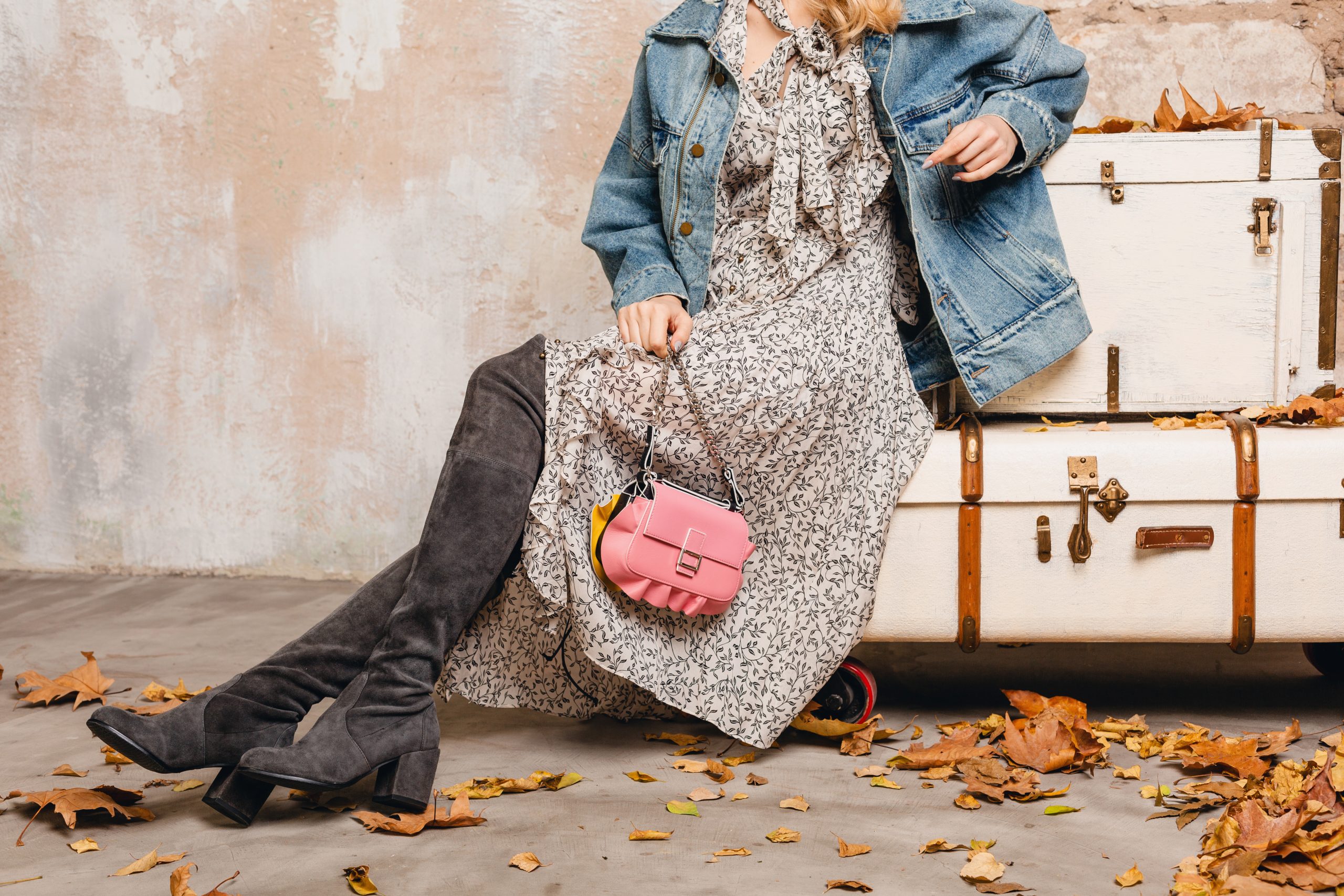Sustainable fashion is not just a trend—it’s a movement towards a more responsible and ethical way of dressing. With the environmental impact of fast fashion becoming more apparent, building an eco-friendly wardrobe is a great way to contribute to a healthier planet while looking stylish. Here’s how you can start building a sustainable wardrobe:
1. Choose Quality Over Quantity
Instead of buying numerous cheap, fast-fashion pieces, focus on investing in high-quality clothing that will last longer. Look for items made from durable fabrics such as organic cotton, linen, wool, and hemp. These materials are often more sustainable and wear better over time. High-quality items not only look better but can also save you money in the long run.
2. Embrace Secondhand and Vintage Shopping
One of the easiest ways to shop sustainably is by buying secondhand or vintage clothing. Thrift stores, consignment shops, and online resale platforms are great sources for unique, high-quality pieces. By giving pre-loved items a second life, you’re reducing the demand for new clothes and lowering the environmental impact of production.
3. Opt for Eco-Friendly Fabrics
When shopping for new items, choose fabrics that are sustainable and eco-friendly. Look for clothing made from organic cotton, bamboo, recycled polyester, or Tencel. These fabrics have a lower environmental impact compared to conventional ones and are biodegradable or recyclable. Avoid synthetic fibers like polyester or nylon, which take hundreds of years to break down.
4. Mindful Purchasing
Be more intentional with your fashion purchases. Before adding something to your cart, ask yourself if you truly need it and if it will fit well with the pieces you already own. Building a versatile wardrobe of timeless, classic items will ensure you don’t buy unnecessary clothes. Stick to colors and styles that complement your existing pieces, so you can mix and match more easily.
5. Care for Your Clothes
Properly caring for your clothes can help extend their life and reduce the need for replacements. Follow care instructions carefully, wash items in cold water, and avoid over-drying or over-washing. Consider air-drying garments instead of using the dryer to save energy. Regular maintenance, such as sewing up small rips or replacing buttons, can also help you keep your clothing for longer.
6. Support Ethical and Sustainable Brands
When purchasing new clothing, look for brands that are transparent about their sustainability practices. Many brands are committed to ethical manufacturing, fair wages for workers, and environmentally friendly production methods. Support businesses that prioritize sustainability and avoid those that contribute to unethical labor practices or environmental harm.
7. Upcycle and Repurpose
Instead of throwing away worn-out or outdated clothing, consider upcycling or repurposing them into something new. Whether it’s turning old jeans into shorts or transforming a sweater into a pillow cover, upcycling is a creative way to keep items out of landfills while making something unique and personal.
By making small changes in the way we shop and care for our clothes, we can all contribute to a more sustainable fashion industry. Building an eco-friendly wardrobe is not about perfection—it’s about making mindful choices that will help reduce your carbon footprint while still enjoying a stylish, functional wardrobe.



